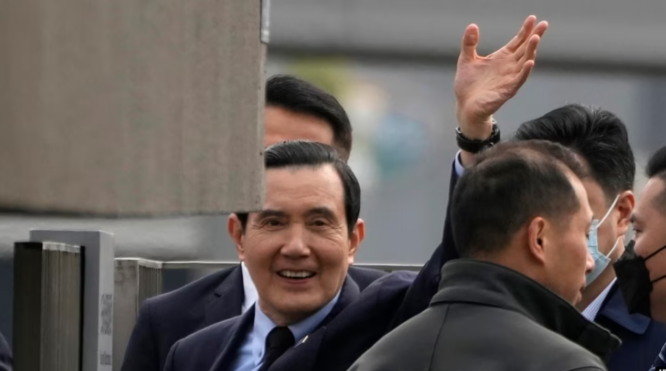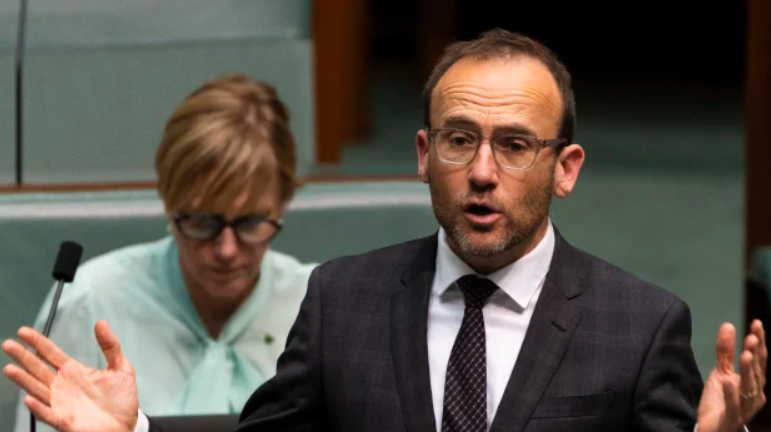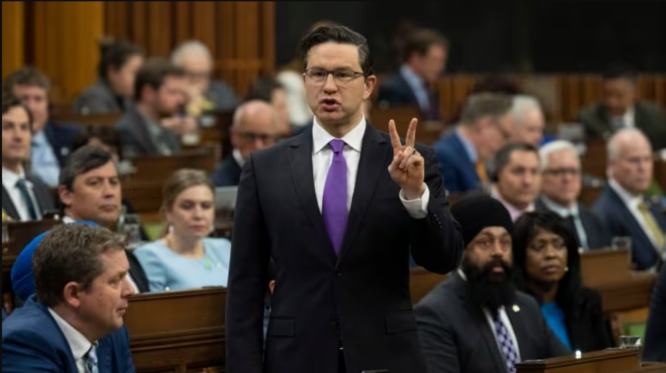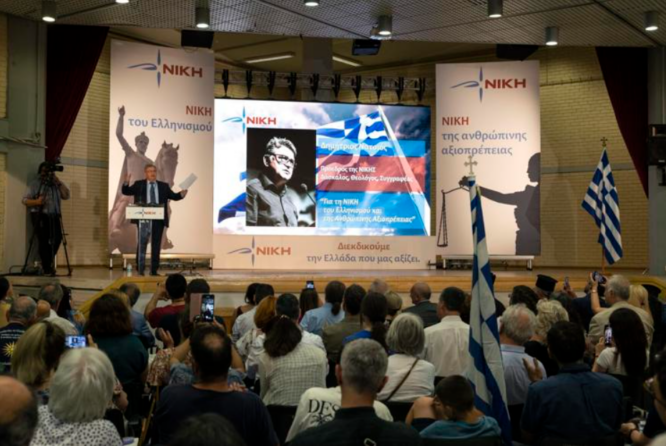Ma Ying-jeou, Taiwan’s former president, visited China for the first time since 1949 in late March.
Ma, who served from 2008-16, wanted to visit his family village in Hunan province and other Chinese towns.
His statements on Taiwan and China’s special connection and how they are “one China” garnered the most attention, despite the many picture opportunities.
His remarks may not have resonated recently. After the Chinese Civil War ended in the late 1940s, the government retreated to Taiwan, a former Japanese colony, and proclaimed it the Republic of China.
The Cold War prevented many Chinese families from seeing the two sides become one country.
However, Taiwan’s Mainland Affairs Council chastised a past president who looked out of touch.
Only a small percentage of Taiwanese, mostly elderly or contemporaries of 72-year-old Ma, still dream of a unified China.
It happened quickly. According to a long-running identity poll by Taiwan’s National Chengchi University, 25% of Taiwanese identified as “Chinese” in 1992 and 46% as both “Taiwanese and Chinese.” Today, those numbers are 2.7% and 32.9%, respectively.

In 2022, more over 60% of respondents identified as “Taiwanese,” up from 17.6% in 1992.
The KMT and Taiwan’s second main political party, the Democratic Progressive Party, now view unification with China as a distant or undesirable objective.
“If reunification is on the right, and de jure independence on the left, then the KMT is on the center-right, and the DPP is on the center-left,” said Kwei-bo Huang, deputy dean and associate professor of diplomacy at National Chengchi University College of International Affairs.
Despite Taiwan’s new identity, its political parties are nonetheless formed by China’s century-old history.
After the Qing Empire fell, the Republic of China was established in 1912. After World War II, that administration fled to Taiwan.
The KMT-led government dominated Taiwan authoritarianly until the 1990s, claiming to represent China from Taipei. Even as a modern political party, its past shapes it.
Chih-Yung Ho, deputy dean of the KMT’s Institute of Revolutionary Practice, said the party still supports the republic’s constitution’s claim to be the “sole legitimate government over mainland China and Taiwan.”

Since most Taiwanese dislike China’s present administration, it’s forced to adapt.
According to NCCU’s poll, “moving towards unification” from the “status quo” has declined from 19.5% in 1996 to 6% in 2022, therefore the KMT has switched to “peaceful development of the Taiwan Strait.” Ho claimed most KMT supporters saw unification as a “future generations” issue.
Conservative forces like Ma’s that want reunion soon are still a minority in the party. Party members like 84-year-old hardliner Wang Chien-shein, who declared aspirations to run for president in March under the slogan “peaceful unification by 2025,” are fringe.
The DPP, Taiwan’s other main political party, views these concerns as relics of the KMT-led authoritarian martial law that ruled Taiwan from 1945 to 1987.
The DPP, founded in 1986 when martial law was ending, views Taiwan as a unique political identity separate from the Republic of China and the People’s Republic in Beijing. It also promotes Taiwan nationalism, which relies on Taiwan’s pre-1945 history, Japanese and indigenous Taiwanese culture, and previous Chinese tribes that moved to Taiwan hundreds of years ago.
The DPP doesn’t officially support independence because Beijing would attack.
Instead, authorities like President Tsai Ing-wen have gradually removed most references to the “ROC” from diplomatic offices, passports, and the media, arguing that Taiwan is an independent nation.
According to NCCU surveys, more over half of Taiwanese want to keep things as they are “indefinitely” or “decide later.” Nearly a third of respondents indicated they wanted to retain the status quo and “move towards independence,” but they didn’t specify when.
The 2020 presidential election may change this.
Lev Nachman, an NCCU associate professor who studies Taiwanese party politics, said DPP presidential candidate William Lai Ching-tee, the current vice president, is more vocal than Tsai on independence concerns while the party is in transition.
He added it is uncertain if pro-independence or “status quo” elements will lead the party.
Since the KMT has not chosen a candidate, Nachman predicted a similar fight. New Taipei City Mayor Hou You-yih, who has been silent on unification, and billionaire Foxconn founder Terry Gou, who has attacked the DPP’s “pro-Taiwan independence” attitude, are frontrunners.
“Remember that parties run parties, including Taiwan. “All parties are trying to figure out their next presidential campaign, so factions are in flux,” Nachman added.




